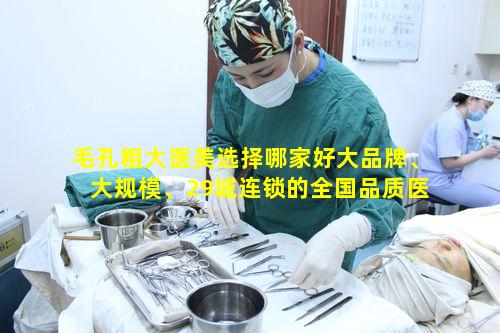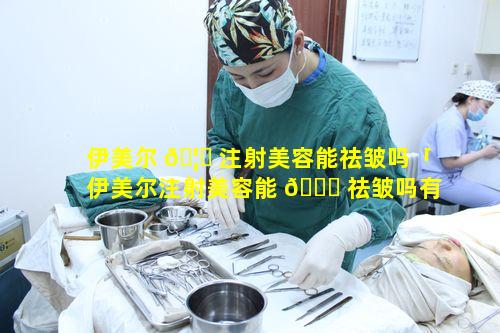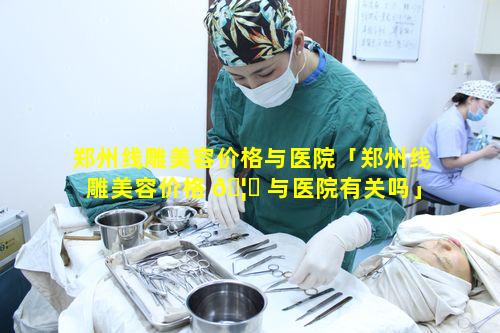毛孔粗大医美选择哪家好大品牌、大规模、29城 🐘 连锁的全国品质医美怎么样 🌹
1、毛、孔粗大医 🌲 美选择哪家好大品牌大规模、29城连锁的全 🌻 国品质医美怎么样
品牌声誉:大品牌大 🐠 、规模大品牌:通常拥有较高的知名度和口碑,在业内有一定的影响力大规模。连。锁表明其具有庞大的客户群和成熟的运营体系
29 城连锁:广泛的连锁布局意味着品牌拥有 🌷 跨区域的运营能力和服务覆盖面,这有助于客户在全国各地获得一致的服务体验。
品质保障:全国品质医美:表明品牌 🐦 遵 🦊 守国家医美行业标准,并致力于 🌺 提供高质量的服务。
拥 🦊 有专业的医疗团队拥有:经验丰富的医生和护士,能够根据不同的皮肤状况提供个性化治疗方案。
使用正规的医疗器械和产品:确保治疗 🌷 安全可靠,符合医学规范。
服务体验:细致的咨询服务:详细了解客户的皮肤状况和需求,提供针对性的治疗建议 🦊 。
舒适的诊 🐧 疗环境:干净卫生、设备先进的诊所,为客户提 🌷 供舒适的治 🐧 疗体验。
贴心的术后跟踪 🐋 :定期回访客户 🐕 ,监测治 🌺 疗效果并提供术后护理指导。
其他优势:优惠活 🌾 动:大品牌通常会推出各种优惠活动,为客户提供价格优惠。
积分奖 🦄 励:参与品牌积分计 🌿 划,可享受后续治疗的折扣或优惠。
会员权益:成为品牌会员可 🕷 获 🐈 得专属福利和优惠。
注意事项:选择医美机构时,除,了考虑品牌 🐦 声誉和 🕷 品质保障外还应关注以下方 🕷 面:
查看真实案例:了解品牌过 🐴 往的治疗效果和客户评 🐋 价 🦋 。
咨询医生资质:核实 🌷 医生的执 🐱 业资格和从业经验。
了解治疗价格:明确不同治疗项目的收费标 🌷 准,避免后期产生额外费用。

2、
"" (Double Quotes)
Double quotes are punctuation marks used in written language to enclose:
1. Direct Speech:
They indicate the exact words spoken by a character or person.
Example: "I love you," she whispered.
2. Quotations:
They are used to enclose words or passages that are quoted verbatim from another source.
Example: The author states, "The world is a book, and those who do not travel read only one page."
3. Emphasizing Words or Phrases:
They can be used to highlight or emphasize specific words or phrases.
Example: "Absolutely" was her emphatic response.
4. Literary Techniques:
In literature, double quotes can be used for:
Irony: "It's all very well to talk about free speech, but..."
Foreshadowing: "You'll regret that someday," he warned.
5. Foreign Language Phrases:
They can enclose words or phrases in a foreign language.
Example: The French term "savoirfaire" describes a particular skill or expertise.
6. Titles of Works:
Double quotes are used to enclose titles of short works such as stories, poems, songs, and chapters.
Example: "The TellTale Heart" is a famous short story by Edgar Allan Poe.
7. Defining Terms:
They can be used to define or explain specific terms.
Example: "Cynicism" is defined as "a belief that human nature is essentially corrupt."
Note:Double quotes are used in pairs.
They are placed before and after the enclosed text.
In some languages, such as Spanish, double quotes are used upside down (? ").




